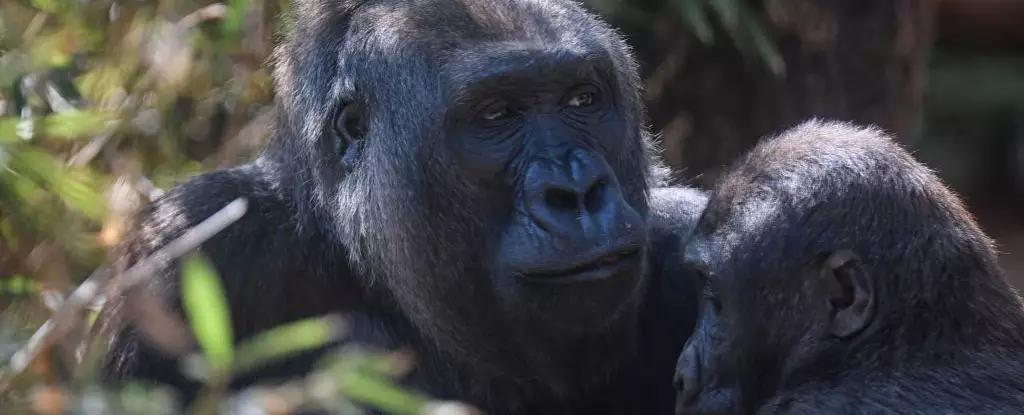A recent study reveals a concerning development regarding the transmission of SARS-CoV-2, the virus that causes COVID-19, among animals in a Brazilian zoo. The research, conducted by a team from the Federal University of Minas Gerais, highlights the need for increased awareness about how the virus can infect non-human species and underscores the unique epidemiological dynamics present in zoos. Out of 47 animals tested at the Belo Horizonte Zoo, nine were confirmed to be positive for the virus, suggesting that the transmission likely occurred from humans to these vulnerable species.
The continuous emergence of variants raises alarms, not only about human health but also regarding animal welfare. The zoo environment might provide an ideal setting for viral transmission due to the close interactions between animals and their human caretakers, as well as the proximity of diverse species within the confines of the facility. The findings urge us to reevaluate our understanding of SARS-CoV-2, illustrating that the virus is not limited to human hosts but extends its reach into the realms of wildlife.
The study was meticulously conducted over a span of approximately 16 months, from November 2021 to March 2023. The researchers not only tested the animals for the virus but were also able to sequence three distinct genomes from the samples obtained. This genetic analysis revealed that the maned wolf and the fallow deer carried the Alpha variant of the virus, while a western lowland gorilla was found to be infected with the Omicron strain. Such findings serve as a stark reminder of how the SARS-CoV-2 virus can mutate and adapt across different biological hosts.
While it is understood that close contact likely facilitated the infection from caregivers to animals, the reopening of the zoo to the public in February 2022 introduced additional complexities. The potential for increased interaction between the public and zookeepers may have created a transmission pathway that allowed infections to spread to the animals more broadly. This reality indicates that human activities and behaviors, especially in the context of wildlife conservation, need to be carefully monitored and managed.
The implications of such transmission dynamics are severe, particularly for endangered species. Many animals at the Belo Horizonte Zoo, including the critically endangered western lowland gorillas, face heightened risks from COVID-19 infections. As noted by the World Organization for Animal Health, these animals are highly susceptible to the virus. The possibility of SARS-CoV-2 infecting these vulnerable populations not only threatens their immediate health but also jeopardizes ongoing conservation efforts that aim to preserve their existence in the wild.
The emergence of infection in zoo animals also poses a potential ecological risk. If SARS-CoV-2 establishes a foothold within wildlife hosts, the likelihood of the virus evolving into new variants that may spill back into human populations increases. This zoonotic cycle could create a scenario where controlling future outbreaks becomes significantly more challenging.
Going forward, it is essential that both zoos and wildlife conservation programs implement rigorous disease control strategies. Effective monitoring systems must be established to facilitate the early detection of infections in both wild and captive animal populations. This is crucial not just for the protection of these animals but also for the broader implications on public health.
In light of this study, researchers advocate for further investigation into ongoing viral evolution in response to diverse hosts, as well as the relationships between human activities, animal health, and viral transmission. By prioritizing interdisciplinary research and building comprehensive disease response frameworks, we can better understand and mitigate the risk posed by pathogens like SARS-CoV-2. This endeavor is not only an important task for the fields of zoology and public health but also a vital consideration for the ethical treatment and conservation of our planet’s wildlife.

Leave a Reply